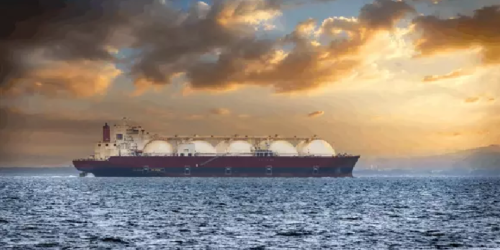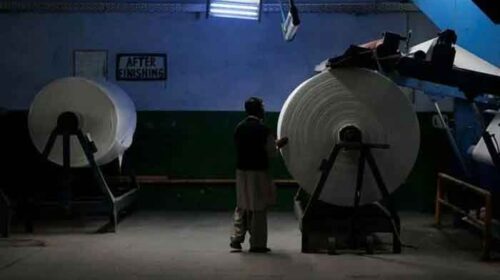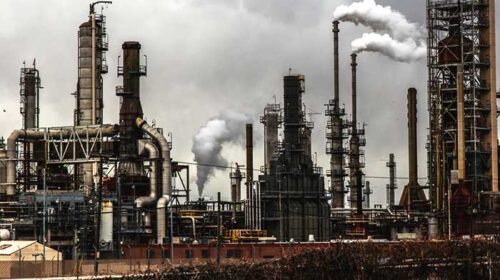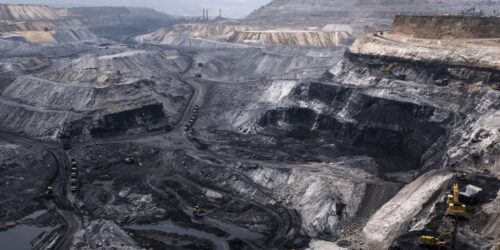Shippers of containerized goods were caught off guard this year. Never before had container spot rates risen so far, so fast. But shippers of liquid and dry bulk commodities know such cost swings all too well. When bulk commodity transport demand exceeds supply, shipping spot rates can keep rising until cargo shippers’ profit margins are erased. The spectacular rise and fall of liquefied natural gas shipping rates is the latest example. LNG carriers boast the highest day rates of any cargo vessel type. Shippers can afford to pay eye-wateringly high…
Read MoreDay: December 28, 2021
Govt-Aptma agree to restore textile sector’s gas supply
The conditional restoration will be done on best-efforts basis from December 29, 2021 on the conditions that industry would have to submit affidavit for not initiating litigation. Moreover, conducting energy audit through third-party arrangement by June next year has been made mandatory for captive power producers. Otherwise, gas will be disconnected permanently. An industry representative also confirmed deal done with the government. He said for restoration of gas supply, it has been decided to provide 75MMCFD, which is about 42 percent of last three months average gas consumption. Similarly, senior…
Read MoreNational Refinery shuts down operations as FO stocks pile up
National Refinery Limited (NRL), reeling from months of lackluster fuel oil demand and an abundance of inventory, has temporarily shut down its operations, The News learnt on Monday. Furnace oil stocks have been piling up at refineries, with the situation getting further aggravated due to lack of buying from independent power producers (IPP). This has led to the temporary shutdown of three refineries so far. Pakistan Refinery Limited (PRL) and Cnergyico Pak Limited (formerly Byco) have already closed their operations on high fuel oil inventories. On December 16, 2021, PRL…
Read MoreConditional gas supply to textile sector approved
After a month-long impasse, the government on Monday conditionally agreed to provide 50 per cent gas supply to textile manufacturers for co-generation on a best effort basis provided they surrender in writing their stay orders and get their energy audits conducted. Energy Minister Hammad Azhar told Dawn that a government team and a delegation of All Pakistan Textile Mills Association (Aptma) on Monday reached an agreement under which textile mills would be provided half of their requirement — 75 million cubic feet per day (mmcfd) instead 150 mmcfd — on…
Read MoreRichly Poor
According to the 2017 census, the poverty rate in southern Balochistan is 46%, the highest in the country – the lowest rate being 16.3% recorded in Punjab. Ironically, Balochistan is also the province richest in terms of natural resources. The official website of the Balochistan government says the province “possesses a great unexplored potential of metallic and non-metallic minerals” including coal, chromite, barites, sulfur, marble, iron, quartzite and limestone. “Balochistan’s coal can cater to the existing and future energy requirements of our country to a great extent. More than 90%…
Read More







